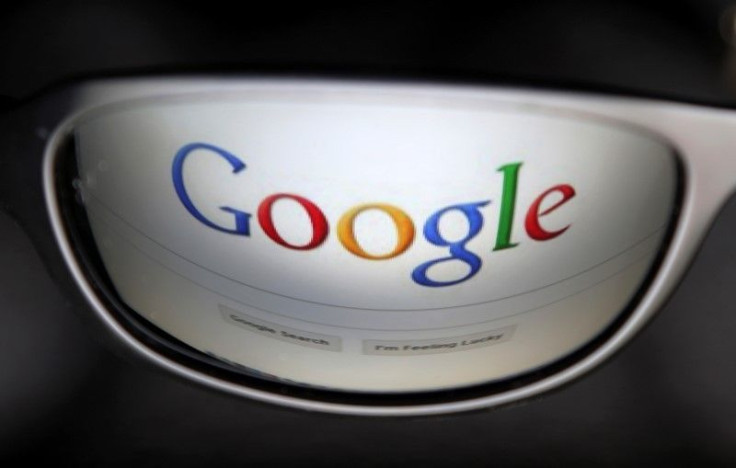Google Speculated To Partner With Intel To Come Up With The 2015 Google Glass

The new wearable is expected to have an improved battery life compared to the existing Explorer Edition, which is currently powered by a Texas Instruments chip. Based on Wall Street Journal's report, it is rumoured that this is in connection with Intel's plan to penetrate the wearable device arena after its failure in the mobile device category.
WSJ also notes that Google's partners, including Intel, will market Google Glass as more of a workplace device. This device might work to benefit medical practitioners, factory workers and more. The Glass might be able to penetrate the professional world next year. Google is working with software developers which includes Augmedix Inc. and APX Labs LLC to encourage the use of the Glass in various industries such as health care, construction and manufacturing where in employees normally work with their hands but need visual information. This program has been called Glass at Work.
Currently, aside from the speculation that Google Glass will be powered by a still unknown Intel chipset, very little information is revealed about the rumoured wearable. It is not clear on which chipset will be used in the Glass but it is expected that power consumption will be considered.
After Google Glass made its entrance back in February 2013, not much has been changed with its design. But the wearable has already had a couple of vital upgrades. The first is its compatibility with prescription lenses and second is in increase in RAM. It is anticipated that 2015's new version of the Glass might offer significant changes and additions.
Google and Intel have been working hand in hand in certain areas. Intel chips support Google's servers, Intel's Xeon chip powers Google's self driving cars and Intel's Atom chips are inside Nexus Player, which is Google's new streaming-media device.
Finally, Intel is making certain moves to capture the wearable and mobile chipset market combined. The chip giant has recently launched the MICA, a fashionable smart bracelet designed primarily for female consumers. The name of the sophisticated wearable stands for "my intelligent communications accessory". If Intel really aims to be popular as a mobile chipset, then powering the 2015 Google Glass might be a good start, Tech Crunch reports.






